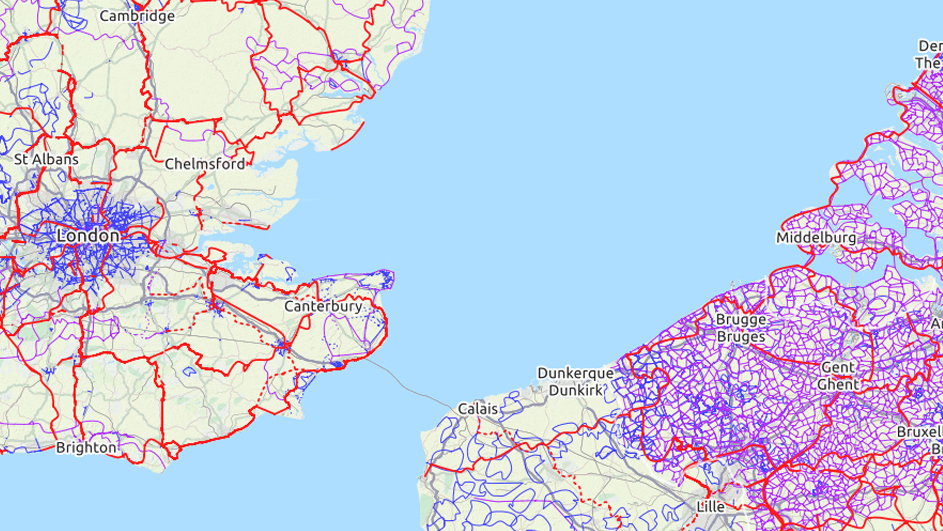Jeremy Vine tells the truth about London cycle infrastructure, to the GLA London Assembly Transport Committee
London transport policy favours motor-power transport and discriminates against human-powered travel. This may be compared with official discrimination against women, gays and ethnic minorities at the start of the twentieth century. Jeremy Vine was interviewed by the London Assembly Transport Committee on 19 February 2018 and told many truths about the need for cycle infrastructure in London. . He spoke calmly and effectively, which is good. But there is also a need for impassioned oratory, in the manner of the Stop Killing Cyclists campaign, so the video ends with a clip from Donnachadh McCarthy’s speech outside the Treasury on 11th February 2017.
I support the design policies Boris Johnson described, with customary buffoonary, as Superhighways, Quietways and Mini-Hollands, but conceive them as an urban landscape approach to the planning of cycle infrastructure.
- London should be permeable both to motorised and non-motorised traffic
- Transport planning for commercial objectives is not enough
- Cycling and walking routes should be planned with regard to commuting, leisure and environmental objectives
Some people will suffer from the re-design of London’s urban landscape to serve multiple objectives but there will be many more winners than losers:
- Fewer people will die from ill-health caused by air pollution and obesity. Less money will be spent on treating these diseases.
- The proportion of London’s wealth spent on transporting people and goods will decrease, as will the demand for expenditure on transport infrastructure.
- London will be more peaceful and more beautiful and more vegetated

